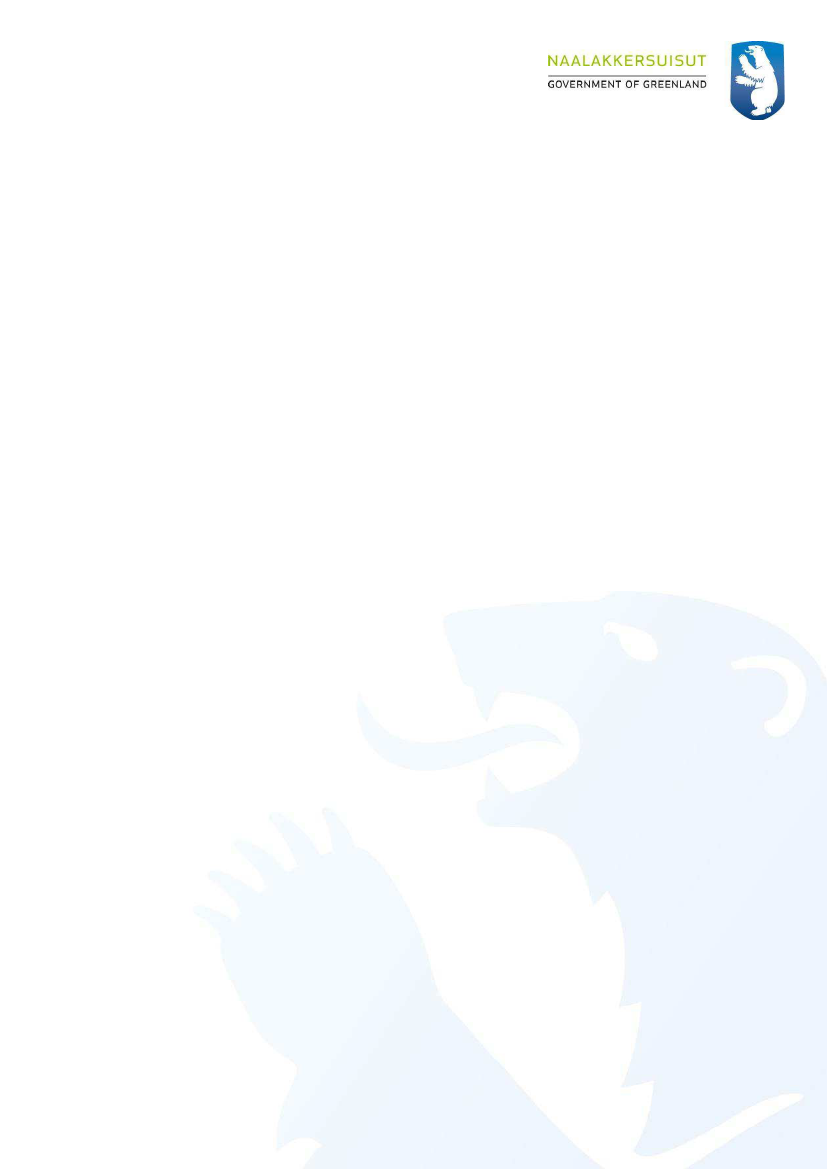
Response to the Joint Communication from special procedures, ref. AL DNK 2/2021
The Government of Greenland appreciates the opportunity to respond to the concerns expressed
in the Joint Communication, including correcting any misunderstandings or misconceptions
presented.
From the on-set the Government of Greenland wishes to underline that the Government of
Greenland has assumed legislative and administrative competence for the mineral resource area,
which is regulated in the Greenland Mineral Resources Act which entered into force on 1 Jan-
uary 2010.
The Government of Greenland has repeatedly described, including through the national reports
of the Kingdom of Denmark to relevant human rights treaty bodies, the competences and powers
of the Government of Greenland pursuant to the Act on Self-government in Greenland. We
kindly refer to the notification on the Act on Greenland Self-Government submitted on 7 Octo-
ber 2009 by the Kingdom of Denmark to the Secretary-General of the United Nations and dis-
tributed to the General Assembly as document A/64/676. For a general description of the Green-
land Self-Government arrangement, reference is also made to the report from Denmark and
Greenland to the Permanent Forum on Indigenous Issues at its eighth session
(E/C.19/2009/4/Add.4). The Government of Greenland (Naalakkersuisut) is elected by the Par-
liament of Greenland (Inatsisartut). Inatsisartut is elected by the people of Greenland, the vast
majority of which are Inuit.
On 23 April 2021, a new government was sworn in by Inatsisartut, the Greenland Parliament.
The new government has resolved to ban any exploitation of radioactive elements in
Greenland, including for the Kuannersuit project.
The Government intends to introduce a
bill to that effect during the coming autumn session of the Inatsisartut, which will eventually
affect the Kuannersuit project. However, the Kuannersuit project will be handled still according
to the process stipulated by the Mineral Resources Act as well as the license terms issued to
Greenland Minerals A/S which is the company holding the license for exploration of the
Kuannersuit mineral deposit. It is therefore not correct as stated in the Joint Communication
that the commencement of the activities of the project is “only one permit away”.
Responses and comments to the questions 1-11 in the joint communication:
Comments to question no. 1
Please provide any additional information and /or comment(s) you may have on
the above-mentioned allegations:
1/11